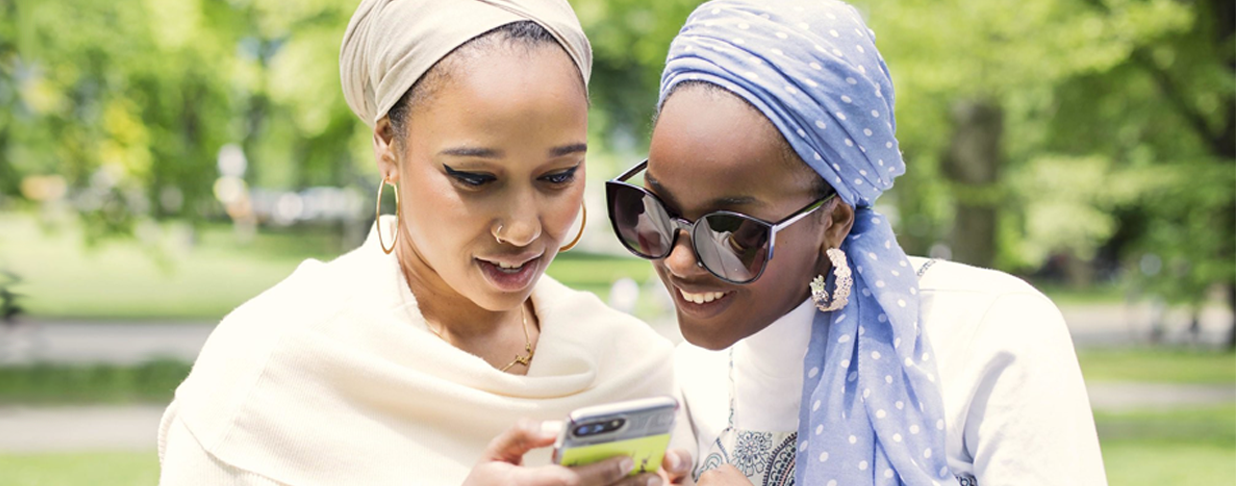By Lisa Gala, EyeMed strategic accounts director
You want the best for your children, and that includes quality health and vision care, but how do you know when is the right time for children to start wearing glasses? To answer that question, let me share a personal story.
As a director of account management for EyeMed, I’m exposed to vision care information all day, and I understand the importance of children’s vision wellness. Even with all that experience, I didn’t realize my then 4-year-old daughter, Katie, was suffering from a vision disorder. She never complained about her vision, showed no signs of a problem and passed the basic vision screenings at our pediatrician’s office with flying colors.
Thanks to LensCrafters CLARIFYE® digital eye exam we discovered that Katie needed glasses.
CLARIFYE is a digital eye exam that shows you more . . . more about your eye health and vision than ever before. When LensCrafters introduced the CLARIFYE digital eye exam, our company encouraged employees to use our vision benefits and try it out.
Eager to see the advantages firsthand, I used my EyeMed benefits and scheduled a CLARIFYE exam for Katie and myself. The results surprised me: Katie needed glasses. I thought her vision was fine, but the advanced CLARIFYE Vision Profiler instrument revealed she had a high prescription need, which was validated by the doctor. And the doctor shared a simulation of how Katie sees without glasses compared to how she will see with glasses. This was a WOW experience for me to see and understand how Katie sees the world.
That’s when it hit me. Katie had been struggling in preschool; she was having a difficult time writing certain letters of the alphabet. I never made the connection that a vision problem could cause her troubles in the classroom, but they may have been directly related.
Katie left LensCrafters with a new pair of glasses, and the difference has been tremendous. She was one of the top readers in her Kindergarten Advanced Reader Program and has even discovered a love of golf and gymnastics – sports that require good vision.
Children’s vision affects learning
As we discovered with Katie, vision disorders can have a huge impact on a child’s ability to learn. Good vision is key to doing well in school because as much as 80% of learning occurs through visual tasks such as reading, writing and using computers, yet 1 in 4 kids has an undiagnosed vision problem that could affect their ability to learn and succeed in school. [1, 2]
A comprehensive eye exam can be the first step to uncovering a problem. The American Optometric Association recommends the following guidelines for when to schedule a comprehensive eye exam. [3]
• School-aged children (6-18 years) should receive a comprehensive exam before entering the first grade and annually thereafter.
• Preschoolers should receive at least 1 in-person, comprehensive eye exam between the ages of 3 and 5 to prevent or diagnose any condition with potential long-term impact.
• Infants should receive a comprehensive baseline eye exam between 6 and 12 months.
Choose vision benefits that include the latest tech and children’s programs
We may never have diagnosed Katie’s vision disorder had we not had vision benefits that broadened access to eye care, such as digital eye exam technology like CLARIFYE.
When evaluating vision benefits for your employees, it’s also a good idea to consider choosing options that cater to childrens’ unique vision needs. EyeMed’s KidsEyes benefit enhancement offers members additional benefits for children’s specific needs including:
• Two annual comprehensive eye exams and corrective lenses for children 18 years of age and younger based on need (because children’s vision can change more frequently than adults)
• Lens exchange if the child’s vision changes within the same benefit year
• Covered polycarbonate lenses
• 40% off replacement glasses at any in-network location (children lose and break things!)
• 20% off sports-related eyewear and non-prescription sunglasses
EyeMed also makes it easy to find the right eye doctor with our broad network and an enhanced provider search tool to easily find pediatric eye care specialists and eye doctors with advanced eye exam technologies.
So to answer the original question directly—the average age a child starts wearing glasses depends. You’ll only know when the right time is for your child to get glasses when you take him or her to an eye doctor for a comprehensive eye exam that goes well beyond basic school screenings. And it’s never too early to see the eye doctor.
Want to learn more?
Discover what’s included in EyeMed’s KidsEyes program; check out our enhanced provider search tool to locate and identify in-network providers or share links to helpful children’s eye care information with employees (visit our EyeSiteOnWellness.com site). Learn more about the CLARIFYE digital exam here.
BL-1807-CB-675
Sources:
1: Children's Health Fund. “Health Barriers to Learning: The Prevalence and Educational Consequences in Disadvantaged Children.”
2: www.glaucoma.org; Glaucoma Facts and Stats; Glaucoma Research Foundation
3: American Optometric Association. “Evidence-Based Clinical Practice Guideline: Comprehensive Pediatric Eye and Vision Examination”



